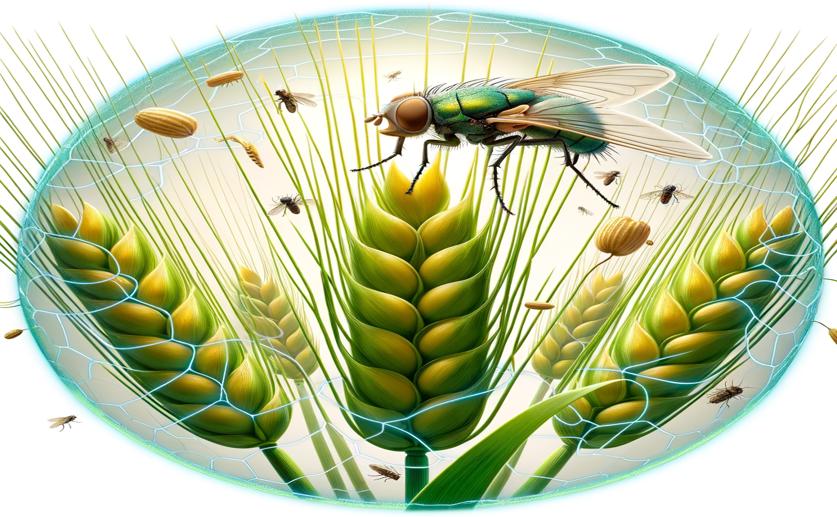
Barley's Genetic Shield Against Hessian Fly Attack Found
Jenn Hoskins
7th March, 2024

Image Source: Natural Science News, 2024
Key Findings
- Scientists located a barley gene region, HvRHF1, that helps resist the Hessian fly pest
- They found three specific genes within this region that are linked to disease resistance
- This discovery aids in breeding stronger, pest-resistant barley crops
AgricultureGeneticsPlant Science
References
Main Study
1) The Hessian fly resistance gene HvRHF1 is localized in an NBS-LRR gene cluster in barley.
Published 6th March, 2024
https://doi.org/10.1007/s00122-024-04581-5
Related Studies
2) The barley pan-genome reveals the hidden legacy of mutation breeding.
3) Evolutionary dynamics and impacts of chromosome regions carrying R-gene clusters in rice.
4) BaRTv1.0: an improved barley reference transcript dataset to determine accurate changes in the barley transcriptome using RNA-seq.



 2nd March, 2024 | Greg Howard
2nd March, 2024 | Greg Howard